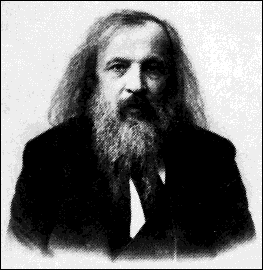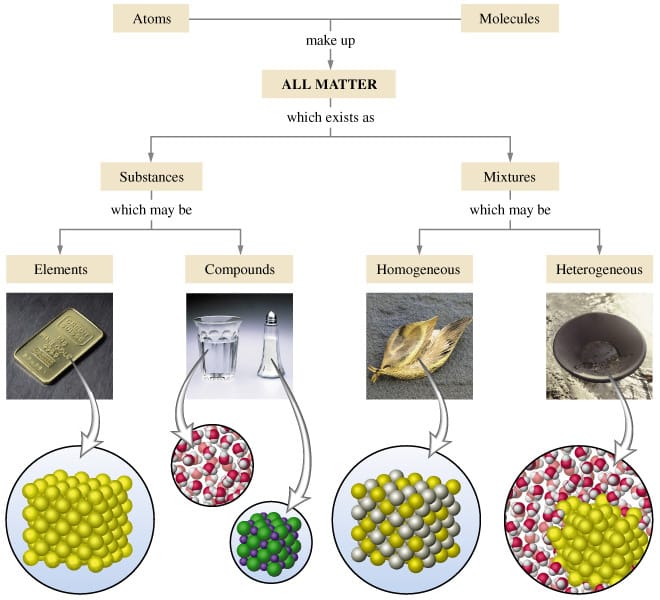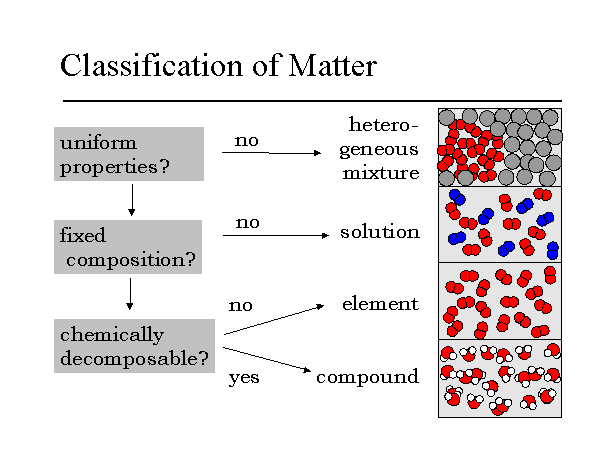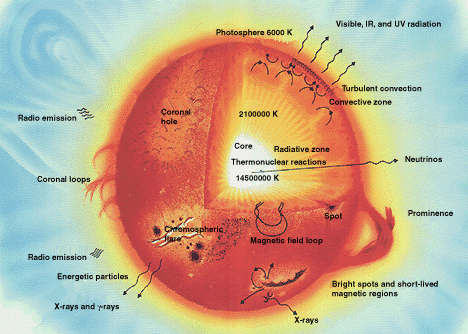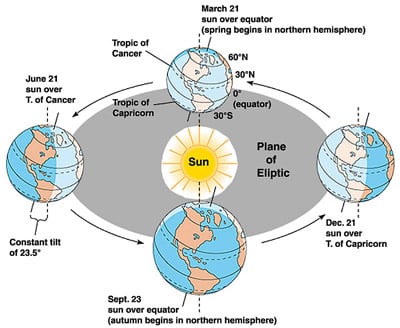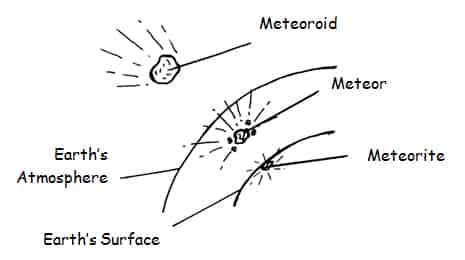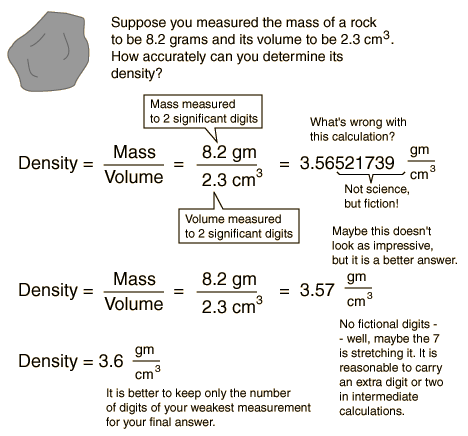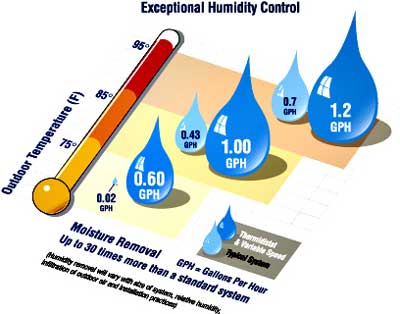William completed his Bachelor of Science and Master of Arts in 2013. He current serves as a lecturer, tutor and freelance writer. In his spare time, he enjoys reading, walking his dog and parasailing.
Article last reviewed: 2022 | St. Rosemary Institution © 2010-2025 | Creative Commons 4.0
In the mid-1800s there were 64 known elements (today there are over 116 elements). Scientists kept having difficulties organizing the information about the 64 elements. They kept trying to organize them but found no pattern between them. Many chemicals have very similar colors, luster, and conductivity of electricity and heat. Scientists were able to classify…
– In 1817, Jakob Berzelius created an international system to represent all elements with symbols. – We still use his system today (all over the world), which involves elements being represented by one or two letters found in their name. The first letter is always capitalized. If there is a second letter, it is always…
About 100 years ago, scientists came up with a term for the smallest piece of matter: the atom. The word atom comes from the Greek word “atomus” which means “indivisible.” – Since scientists didn’t have very good laboratory equipment over one hundred years ago, they were slightly mistaken about atoms. The atom is the smallest…
– In order to get many chemicals to function the way we want them to, we need them to change. Example: no one would eat a raw hamburger. By applying heat to the ground beef, it turns into its finished product PHYSICAL CHANGES – Physical changes involve a change in state. Do you remember what the three…
A way to classify matter is to divide it into synthetic and natural materials. Natural materials are those found in nature. For example: wood, cotton (cotton grows on plants), rocks, wool, eggs, and even human beings. These materials are not made in a factory or a laboratory. Synthetic materials are those that are man-made. They…
Up to now, we’ve been looking at how matter reacts and changes on a large scale. Now, we’re going to examine why matter changes. To do this, we need to break matter down into its smallest units to understand how it works. THE PARTICLE MODEL All matter can be broken down into smaller pieces until…
– All pieces of matter have properties or characteristics. All matters can be talked about with descriptive terms. For example, describe the Johnson uniform: – Scientists have grouped properties into two categories: physical properties and chemical properties. – The properties you just described when talking about the Johnson uniform are what scientists call “physical properties.” …
– Astronomy is the study of the outer space outside of our planet. – It includes objects such as planets, moons, stars, comets and meteors, and uses instruments such as telescopes, satellites and space shuttles. – When you look up into the night sky, you can see various bright objects, most of which are stars.…
Most of the small twinkling lights in the sky at night are stars so far away from the Earth that you would never be able to get to them even if you travel at the speed of light (300 000m/s) for your entire life! The closest star to our planet is only 150 million kilometers…
– Just like the Earth, all the planets in the solar system (there are eight of them) rotate around their axes (therefore the planet’s day) and revolve around the Sun (therefore the planet’s year). – Planets revolve in a certain path around the Sun called an “orbit.” An “orbital period” is the time it takes…
It’s difficult to imagine, but they was once a time when our planet, our Sun, and our solar system did not exist. Where did everything come from? This is a very difficult question to answer, and many people (depending on their beliefs) have different ideas or theories to answer this question. Scientists who study the…
The Effect of the Earth’s Rotation & Revolution When watching the stars at night, they do appear to move very slowly. This is because the Earth is constantly moving. The Earth completes one “rotation” every twenty-four hours. A rotation is when the planet spins around once. The Earth rotates counterclockwise; this is why the Sun “rises”…
– Since the universe is so incredibly large, astronomers (scientists who study space) are constantly discovering new objects in the universe. – Even our solar system is incredibly large and contains countless objects. PLANETS AND THEIR MOONS – Planets are only some of the objects in our solar system. – Most of the planets (6…
GALAXIES – A galaxy is an extremely large area of space that contains billions and billions of stars along with gases and dust. – Our solar system belongs to the “Milky Way Galaxy.” The Milky Way Galaxy is approximately 100 000 light years wide. This means if a light was turned on at one end…
Planes of the Body ~ 200 bones in the body Supports the muscles Three other vital functions: Protection Blood-cell production Mineral Storage Protection Protect organs in the body (i.e. the skull protects the brain and the ribs protect the lungs) Blood-Cell Production In the bone marrow they produce blood cells (red, white and plasma) and…
The number of significant digits in an answer to a calculation will depend on the number of significant digits in the given data, as discussed in the rules below. Approximate calculations (order-of-magnitude estimates) always result in answers with only one or two significant digits. When are Digits Significant? Non-zero digits are always significant. Thus, 22…
The earth makes one complete rotation on its axis every 24 hours. An object on the equator travels the circumference of the globe (approximately 40,000 km) each day. Objects at the Poles simply rotate around a vertical axis but don’t move in space. The distance traveled per day (and velocity of rotation) decreases with increasing…
Humidity is the measure of how much water vapour is in the air and is measured using a hygrometer. When humidity is low (therefore little water vapour in the air), moisture on our skin evaporates easily making us feel comfortable. When humidity is high (therefore a large amount of water vapour in the air), moisture…
– People who study weather and make weather forecasts are called meteorologists. – Meteorologists use advanced technologies like satellites, weather balloons, radar, and computers to forecast weather. CHANGING TECHNOLOGIES – Before 1980, weather forecasts were only accurate for one day due to a lack of technology. – Now, weather forecasts are usually accurate for 3-5…
– Forecasting weather can be difficult because there are many factors involved in weather such as the motion of air and water masses. – Weather forecasters (meteorologists) use complex computer models, weather instruments, and observations of weather patterns to predict the weather. – However, through careful observation, weather can be predicted by any individual. – …

